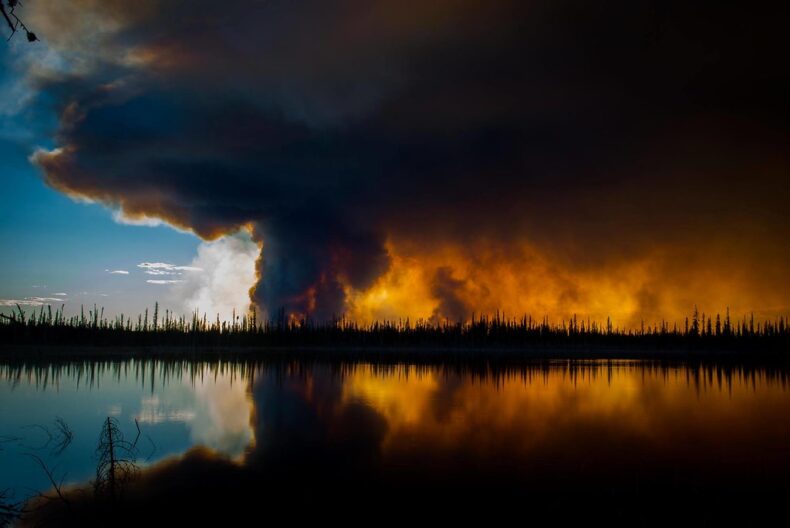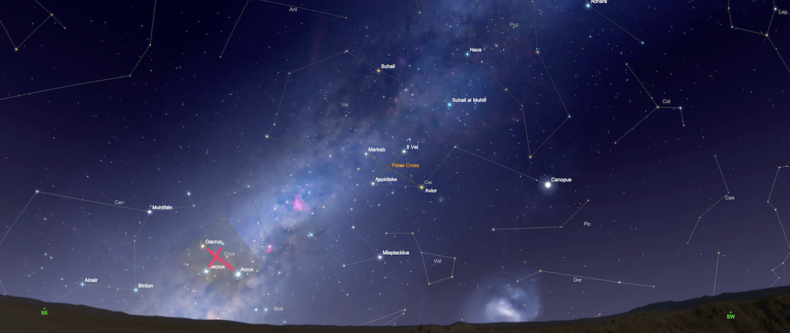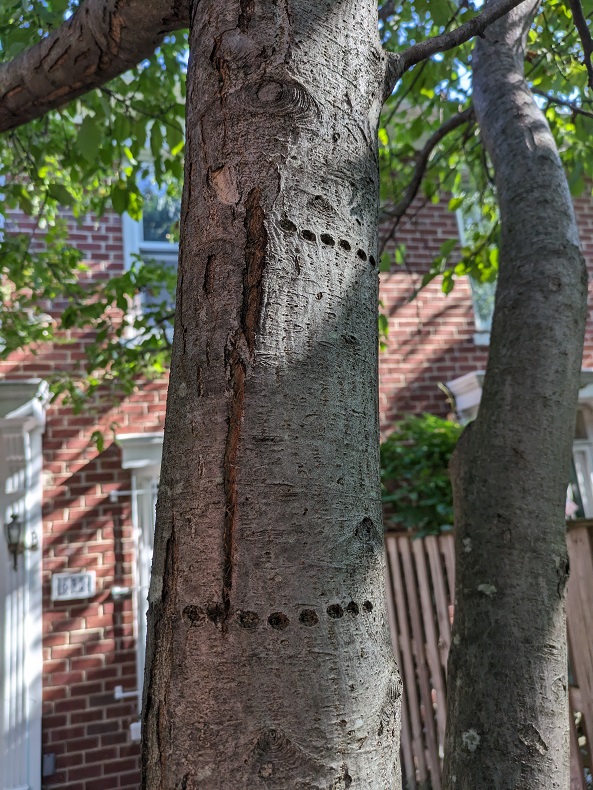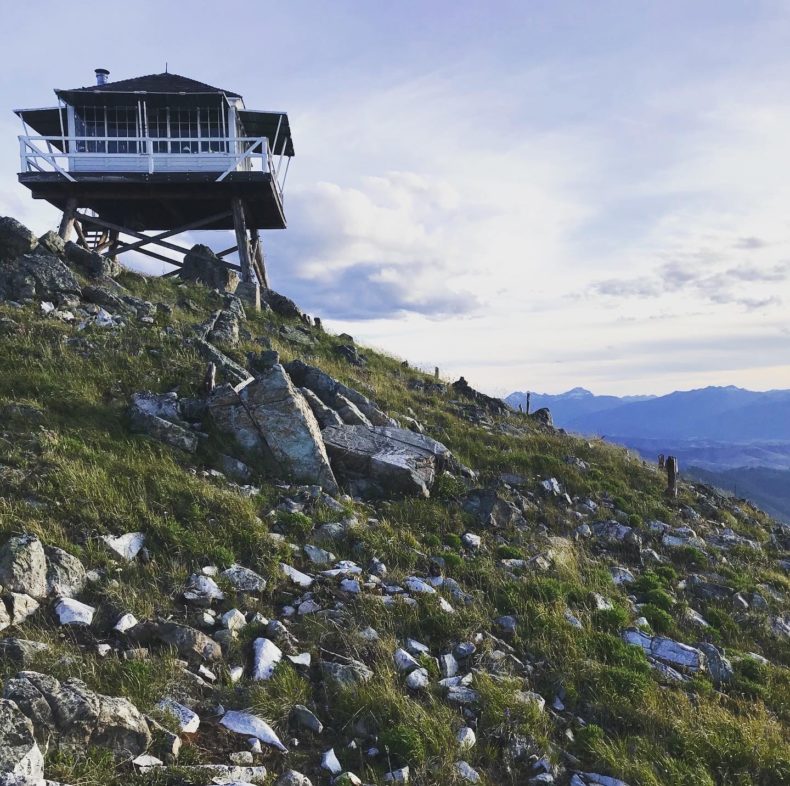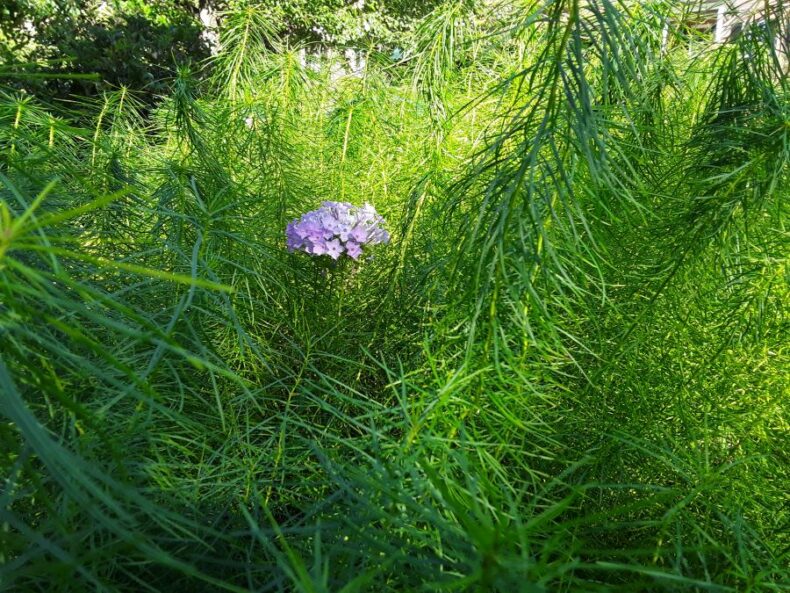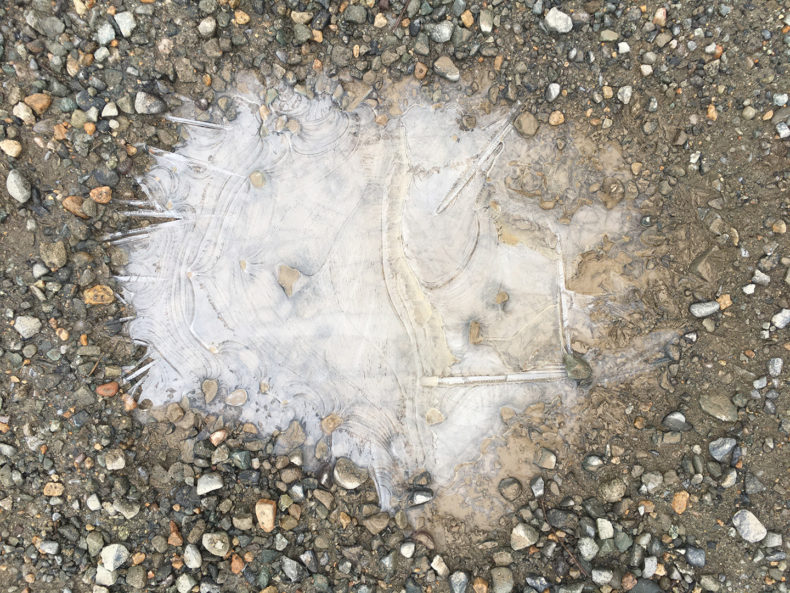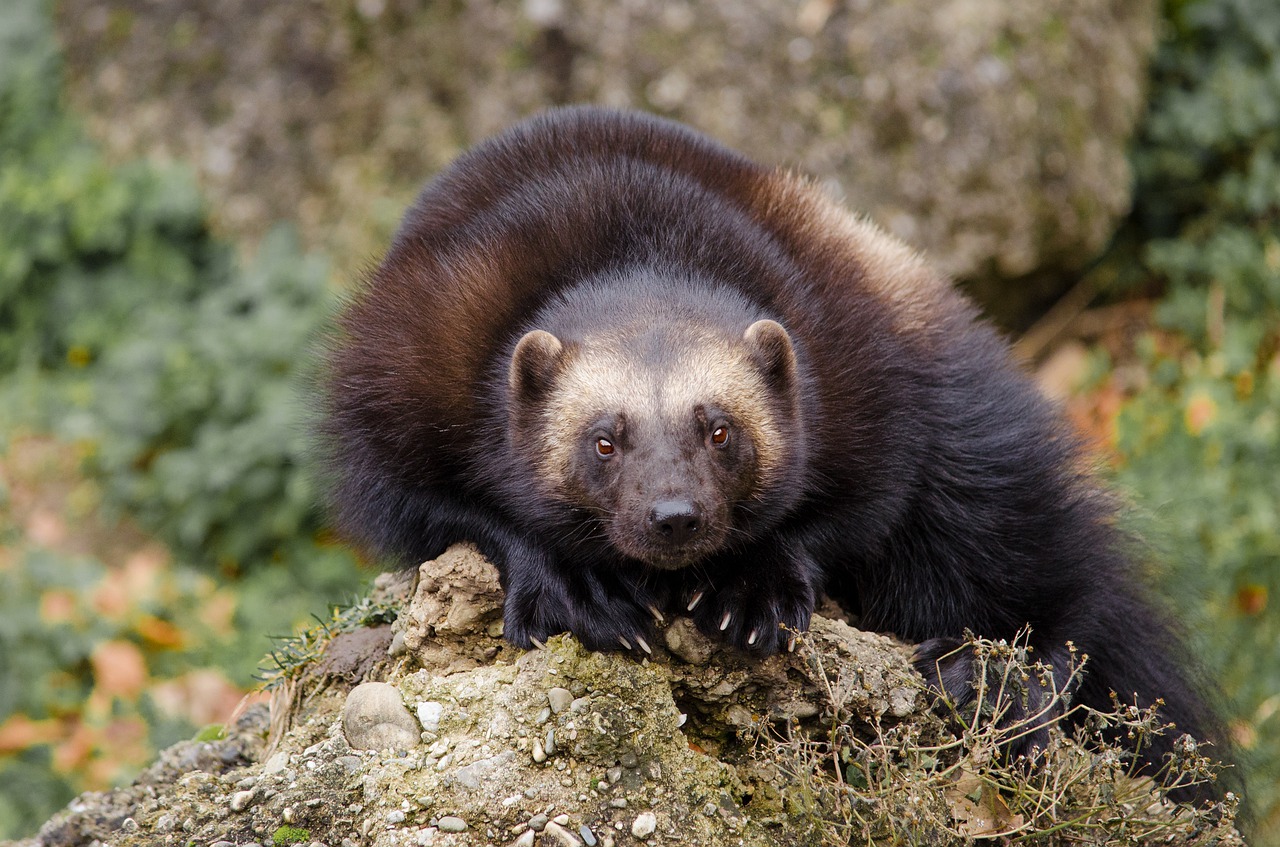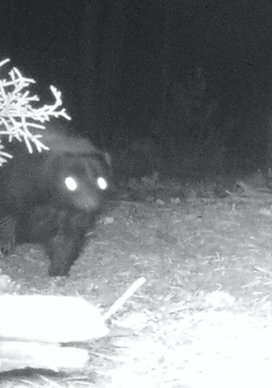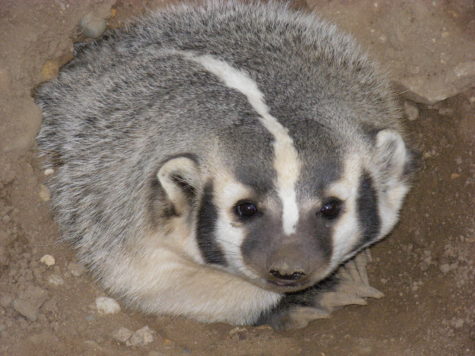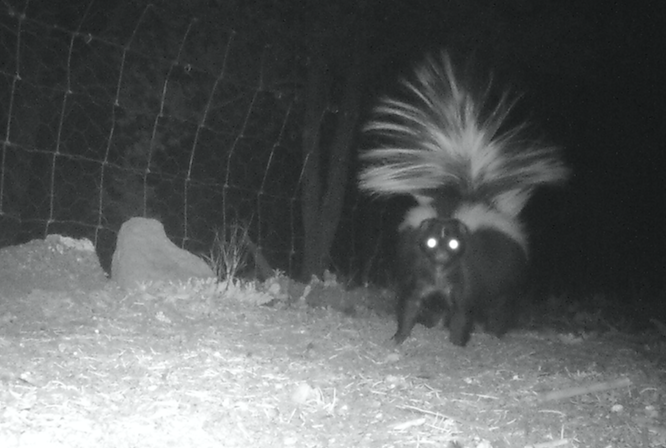I’ve written books and didn’t find the experience pleasant: I’d go underground for 2 or 3 or 4 years, maybe 5, and when I’d stick my head up into the light of the world again, the world was changed. Like, during one of my underground sessions, the internet took hold and when I surfaced, the print magazines for which I’d written were saying their last goodbyes. Or during another session, my job whisked out from under me and ok, I was sick of academia anyway and worse yet, now that I was free to only write, I found I was also sick of my writing. All of this is to say, coming out of the pandemic is a lot like coming out of a book: new world, what the hell?
And of course even when it’s over, it’s not over. Just like page proofs have to be corrected and publicity has to be arranged and endured, the pandemic has its upticks and new variants and friends suddenly cancelling afternoon teas.
Meaning, I don’t know how to live in what remains of the past and simultaneously figure out how the present is different. I think this is a liminal state, neither land nor water but some kind of uncertain swamp in between. I do hate uncertainty which, too bad because at this point in time, the swamp is the rule, it’s non-negotiable, it’s the boundary condition.
§
“Boundary condition” means different things to different scientists but in general it’s the immovable thing that can’t be changed, only worked within. A river running along a granite wall has to run parallel to the wall: the wall sets the boundary condition.
§
One thing for sure: given current boundary conditions, I need therapy. Every week, I meet with a psychotherapist and a physical therapist; and every day I practice both. Shoulders back and down. Speak kindly to myself. Run my fingers up to door frame to the top. Separate the anxiety from the situation that’s provoking it. Hold a stretchy band in both hands with elbows at the side and pull my hands apart. Figure out what’s so frightening about wanting comfort. Lie down and slowly punch my arms into the air. Think of life’s little epiphanies.
The tiny black hummingbird is at the feeder and the sun hits it just so and it turns iridescent green, and it drinks and drinks and then its head pops up and it winks out of space and time, gone.
§
Once I was in the woods, writing, in a cabin with a grand piano in it and a piano player needed to practice so I said sure, while you play I can write. I couldn’t. She worked her way through two volumes of Beethoven sonatas, and while Beethoven seems to write in sentences, his sentences were more complicated than mine and much more interesting so I got distracted and meanwhile she filled up the cabin with the Waldstein, up to the peaked roof, every atom of air in that cabin moved by Beethoven. I was breathing Beethoven.
§
How many years ago was that? Twenty? Thirty? I’m at the age where you don’t suddenly lose days or months or years, you lose decades. Getting old: another liminal state. I’m sticking my head out of the ground from the pandemic just in time to face old-age planning. Also someday, not as far away as it used to be, is death, another boundary condition. I have no particular reason to think about death but I am aware of the time. How can all this life just go away? I will miss it all so much. I look at the hummingbird, the little kids in my tree, the lottery card the neighbor leaves on my porch, other neighbors having a kids-in-bed girl-party on their porch, the extraordinary mix of people at the farmers’ market united in their focus on peaches and sweet corn, and I get blinded by loss; I don’t want to ever leave this. My therapist gets a little snippy: then don’t, she says, it’s all out there, you don’t need to miss it now.
§
Sticking a head up in the middle of a patch of dense, tall, intense green, ferny amsonias is a pale magenta phlox. I had deleted all the phlox years ago because it wasn’t flowering much and got terrible fungus, and I dug it all out. And yet years later, there it is. New world: what the hell? The phlox had been white and this pale magenta guy had to go back into its ancestry for its color and its will to live. “I’m here,” it says, “I am what I am and I’m here.”
Make of that what you will. But don’t you think, given these trying boundary conditions, that pale magenta phlox is also saying, “just go forth, sweetie, and do the best you know how?”
__________
Photo by me and it looks like it.
